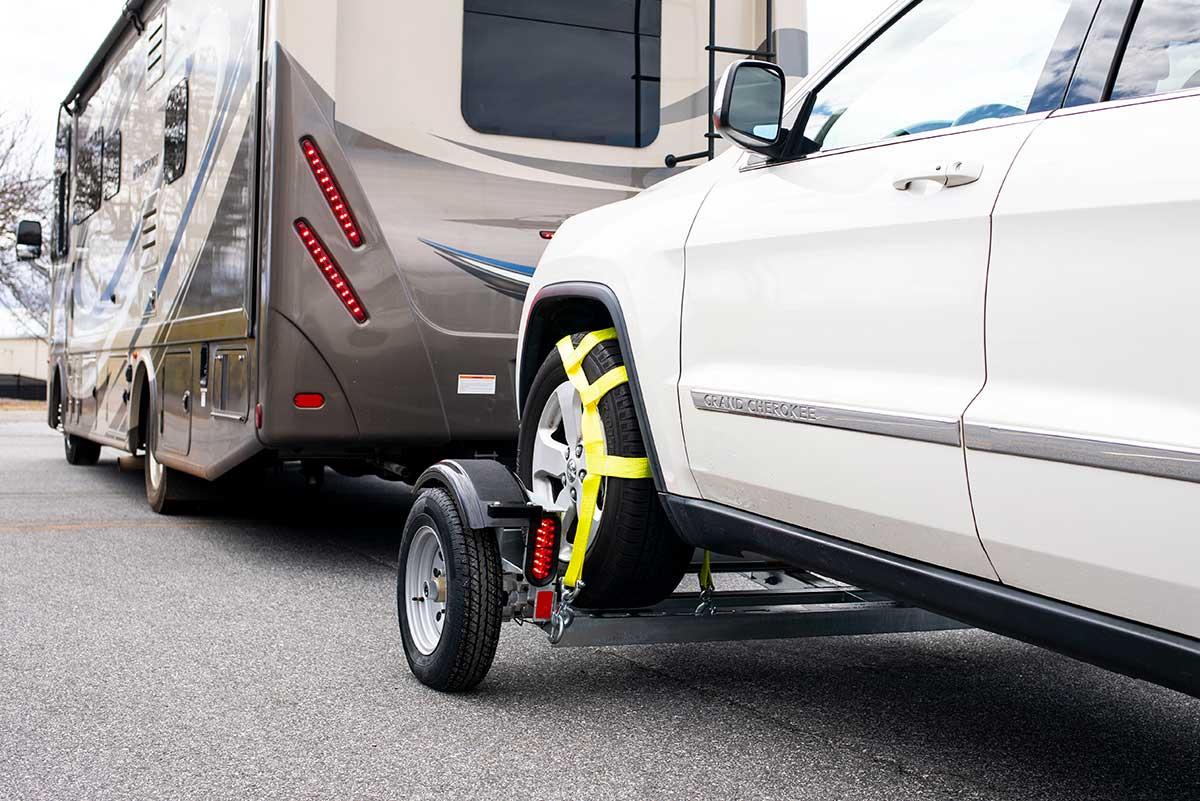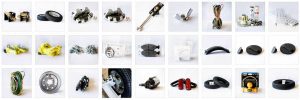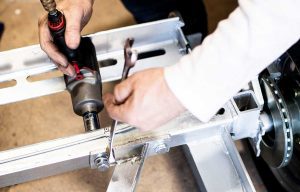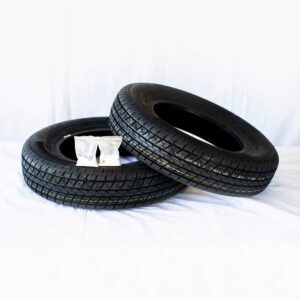
How Fast Can I Drive with a Car Tow Dolly?
]Most of us are so eager to reach our final destination, it’s easy to get carried away on the road. Going above the posted speed limit is easy to do in our vehicle, but what about when we’re driving an RV with a car tow dolly attached to it?
While towing a vehicle doesn’t mean you have to creep along the highway, there are still plenty of things to keep in mind while you’re driving and operating a car dolly. If you want to protect your family, others on the road, and this heavy-duty piece of equipment, we have a few suggestions to keep in mind.
How Fast is Too Fast?
We always see the posted speed limit on the side of the road, but more often than not, it’s easy to tap that accelerator a little too much. However, if you’re operating an RV or rental truck, with a car tow dolly attached, it might not be in your best interest to speed along the highway.
Anything above the recommended speed limit is too fast for your tow dolly. It’s often recommended that you drive your car tow dolly at least ten miles below the posted speed limit. However, when there are sharp inclines or hills, it’s important to adjust your speed accordingly.
It’s best to operate your tow dolly at speeds you feel most comfortable with, but do not exceed 55 miles per hour on regular highways.
Why Do I Have to Operate My Car Tow Dolly Slowly?
While it might seem like a little too precautious at times, driving your car tow dolly at normal or below suggested speed limits is actually very good for your safety and the safety of others.
While the “EZE TOW” tow dolly’s braking systems are top tier, it’s important to give yourself enough time to brake while your driving. By operating your tow dolly at slower speeds, you’ll achieve two things: the safety of others around you, and preserving the quality of life of your car tow dolly.
It’s important to make sure you drive at slower operating speeds, so you can keep yourself and others safe at all times. While safety chains and straps secure your tires and wheels, it’s easy for your car to experience ‘whipping’ when it’s being operated too quickly on the road. This causes your tow dolly to move from side to side on the highway, which is unsafe for your passengers, and others.
By driving at slower speeds, you’ll be able to assure a smooth ride at all times while you’re on the highway. If you happen to experience whipping, you’ll be able to control your RV and tow dolly better if you drive at a slower operating speed. It’s important to find a place to pull over sooner rather than later, so you can adjust your straps as needed.
Another good reason to operate your vehicle at a slower speed is so you’ll be able to preserve and care for your car tow dolly properly. While our “EZE TOW” tow dolly has a galvanized brake system, which is highly responsive for a car tow dolly brake controller, that doesn’t mean you should slam on the brakes while driving. You could not only damage your vehicle – you could compromise the brakes, straps, and long term quality of your car tow dolly.
Instead of focusing on your destination, focus on being careful. It’s important to drive safely and be mindful of other cars on the highway.
Your car tow dolly is an important piece of equipment, so it’s essential to know what it can – and can’t – handle. If you’re ready to hit the road, be sure to read up on what cars, and terrain it can handle, and learn when it’s best to use a car tow dolly. To help care for your car tow dolly, check out our proper car tow dolly maintenance tips.


